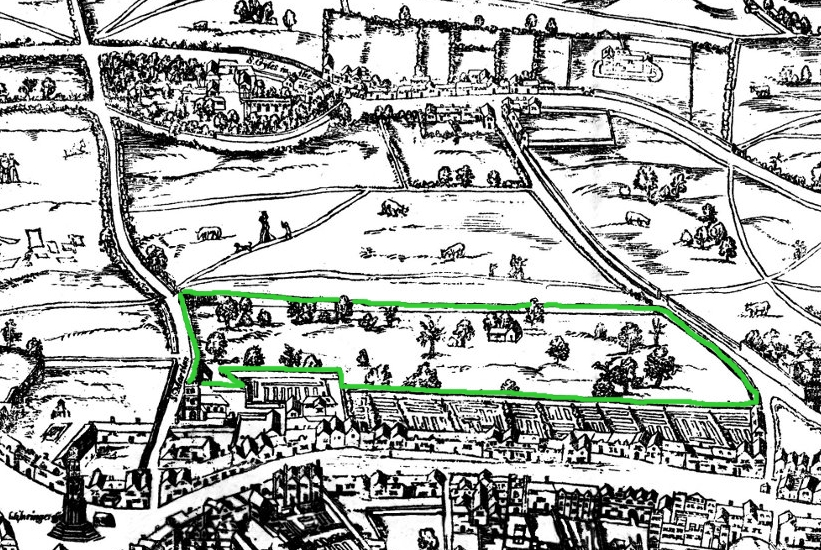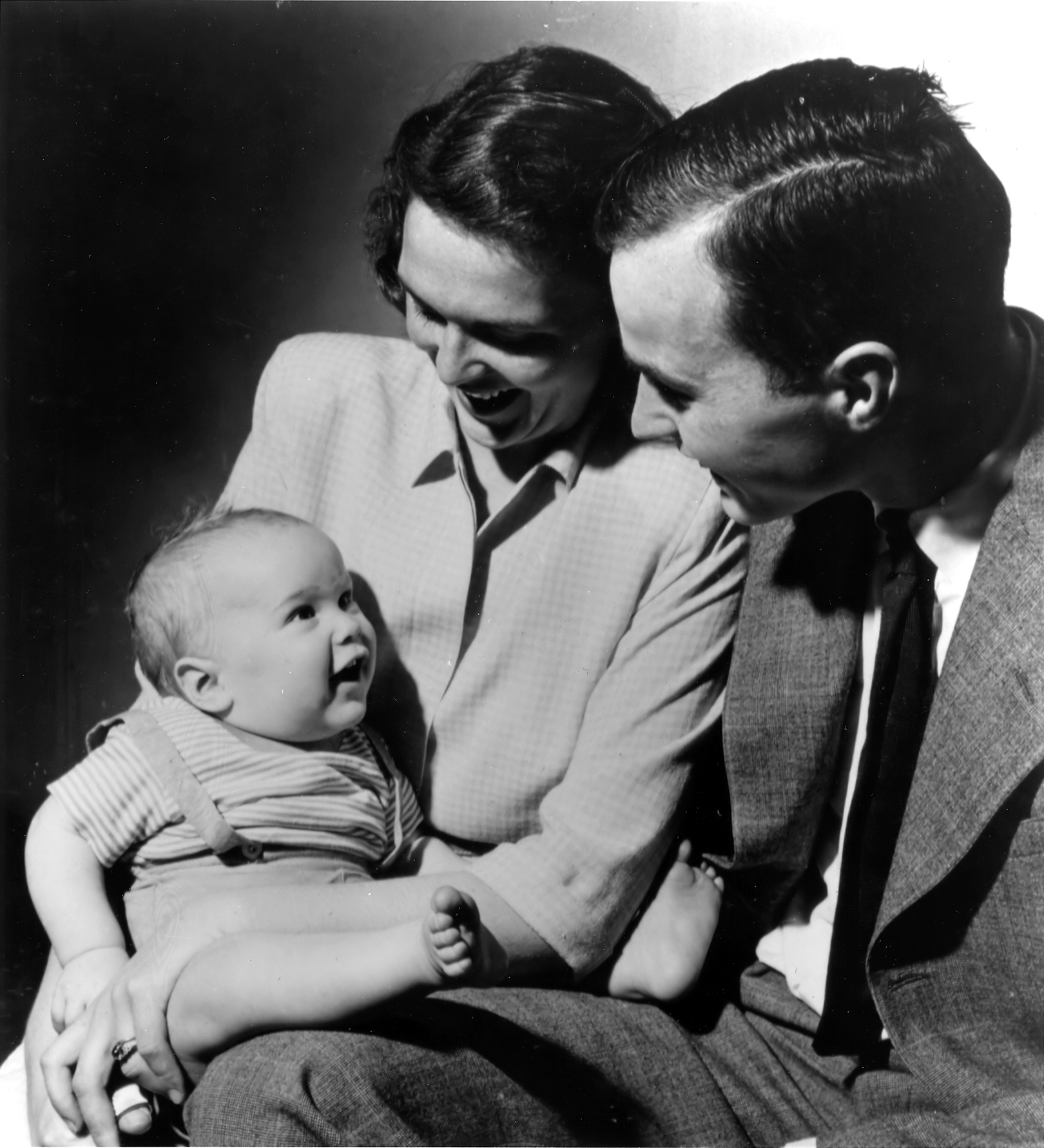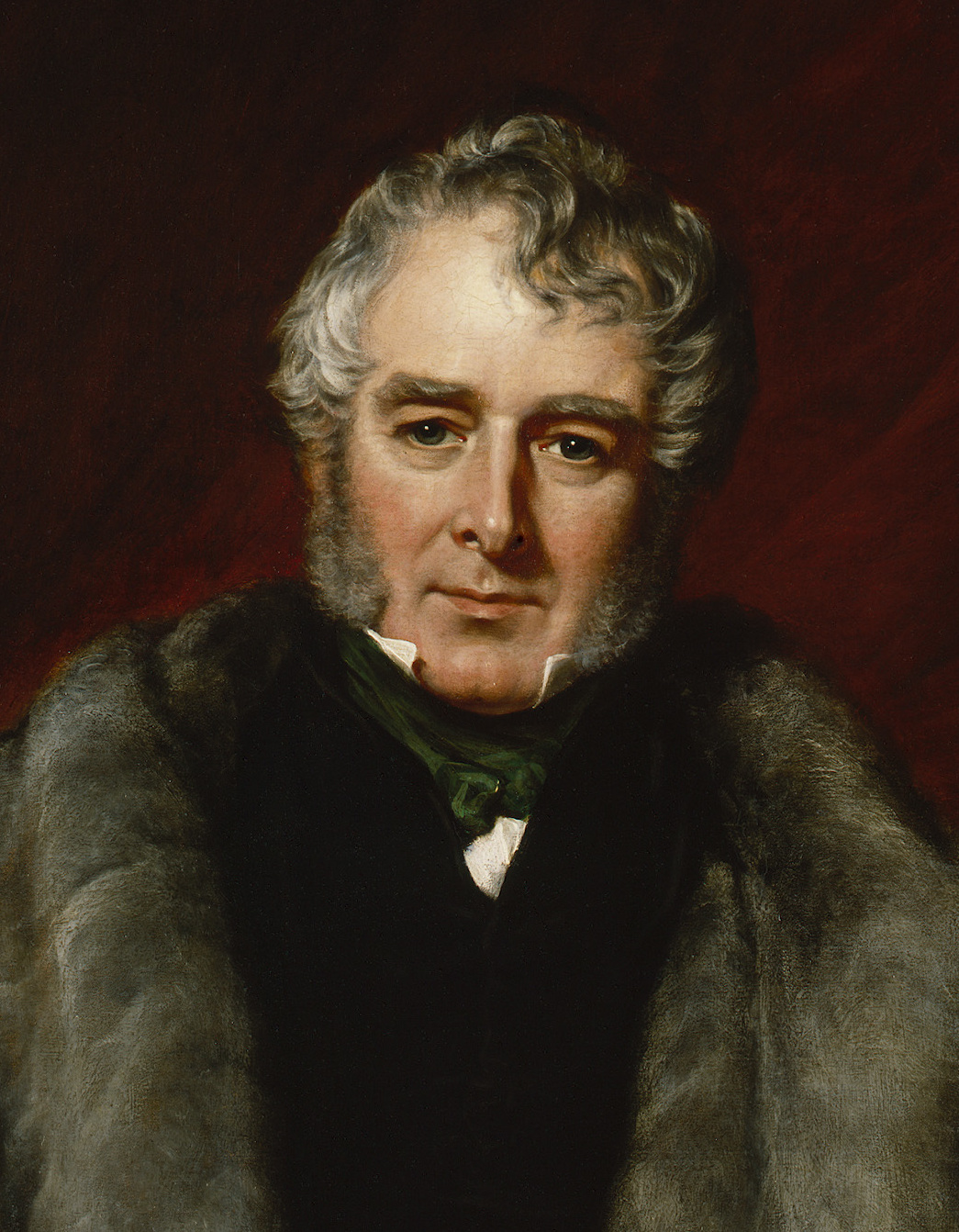|
Richard Sheil
Richard Lalor Sheil (17 August 1791 – 23 May 1851), Irish politician, writer and orator, was born at Drumdowney, Slieverue, County Kilkenny, Ireland. The family was temporarily domiciled at Drumdowney while their new mansion at Bellevue, near Waterford, was under construction. Life His father was Edward Sheil, who had acquired considerable wealth in Cadiz in southern Spain and owned an estate in Tipperary. His mother was Catherine McCarthy of Springhouse, near Bansha, County Tipperary, a member of the old aristocratic family of MacCarthy Reagh of Springhouse, who in their time were Princes of Carbery and Counts of Toulouse in France. The son was taught French and Latin by the Abbé de Grimeau, a French refugee. He was then sent to a Catholic school in Kensington, London, presided over by a French nobleman, M. de Broglie. For a time he attended the lay college in St Patrick's College, Maynooth. In October 1804, he was removed to Stonyhurst College, Lancashire, and in N ... [...More Info...] [...Related Items...] OR: [Wikipedia] [Google] [Baidu] |
Richard Lalor Shiel McRae
Richard is a male given name. It originates, via Old French, from Old Frankish and is a compound of the words descending from Proto-Germanic ''*rīk-'' 'ruler, leader, king' and ''*hardu-'' 'strong, brave, hardy', and it therefore means 'strong in rule'. Nicknames include "Richie", "Dick", "Dickon", " Dickie", "Rich", "Rick", "Rico", "Ricky", and more. Richard is a common English, German and French male name. It's also used in many more languages, particularly Germanic, such as Norwegian, Danish, Swedish, Icelandic, and Dutch, as well as other languages including Irish, Scottish, Welsh and Finnish. Richard is cognate with variants of the name in other European languages, such as the Swedish "Rickard", the Catalan "Ricard" and the Italian "Riccardo", among others (see comprehensive variant list below). People named Richard Multiple people with the same name * Richard Andersen (other) * Richard Anderson (other) * Richard Cartwright (other) * Ri ... [...More Info...] [...Related Items...] OR: [Wikipedia] [Google] [Baidu] |
Catholic Relief Bill
The Roman Catholic Relief Bills were a series of measures introduced over time in the late eighteenth and early nineteenth centuries before the Parliaments of Great Britain and the United Kingdom to remove the restrictions and prohibitions imposed on British and Irish Catholics during the English Reformation. These restrictions had been introduced to enforce the separation of the English church from the Catholic Church which began in 1529 under Henry VIII. Following the death of the Jacobite claimant to the British throne James Francis Edward Stuart on 1 January 1766, the Pope recognised the legitimacy of the Hanoverian dynasty, which began a process of rapprochement between the Catholic Church and the United Kingdom. Over the next sixty-three years, various bills were introduced in Parliament to repeal restrictions against practise of the Catholic faith, but these bills encountered political opposition, especially during the Napoleonic Wars. With the exception of the Papists ... [...More Info...] [...Related Items...] OR: [Wikipedia] [Google] [Baidu] |
Covent Garden
Covent Garden is a district in London, on the eastern fringes of the West End, between St Martin's Lane and Drury Lane. It is associated with the former fruit-and-vegetable market in the central square, now a popular shopping and tourist site, and with the Royal Opera House, itself known as "Covent Garden". The district is divided by the main thoroughfare of Long Acre, north of which is given over to independent shops centred on Neal's Yard and Seven Dials, while the south contains the central square with its street performers and most of the historical buildings, theatres and entertainment facilities, including the London Transport Museum and the Theatre Royal, Drury Lane. The area was fields until briefly settled in the 7th century when it became the heart of the Anglo-Saxon trading town of Lundenwic, then abandoned at the end of the 9th century after which it returned to fields. By 1200 part of it had been walled off by the Abbot of Westminster Abbey for use as arable l ... [...More Info...] [...Related Items...] OR: [Wikipedia] [Google] [Baidu] |
Crow Street Theatre
Crow Street Theatre was a theatre in Dublin, Ireland, originally opened in 1758 by the actor Spranger Barry. From 1788 until 1818 it was a patent theatre. History Spranger Barry and Henry Woodward The actor Spranger Barry (1719–1777), born in Dublin and appearing in London from 1746, induced the London-born actor Henry Woodward (1714–1777), who had saved £6,000, to participate in his project to build a theatre in Dublin. Charles Macklin participated at an early stage, but soon withdrew. Barry and Woodward moved to Dublin, and the Crow Street Theatre opened in October 1758. It struggled as a rival to the Smock Alley Theatre. Maria Nossiter (1735–1759), who had lived with Barry in London, was assigned an eighth share of the profits. In 1760 Barry and Woodward opened a theatre in Cork, the Theatre Royal. By 1762 Woodward had lost half his savings; the partnership was dissolved, and he returned to London. Barry continued for a few more years, then also returned to Lon ... [...More Info...] [...Related Items...] OR: [Wikipedia] [Google] [Baidu] |
Adelaide (play)
''Adelaide'' is an 1814 tragedy by the Irish writer Richard Lalor Sheil. It premiered at the Crow Street Theatre in Dublin on 19 February 1814. The Dublin cast included Elizabeth O'Neill (actress), Elizabeth O'Neill in the title role and Charles Connor (actor), Charles Connor as Count Luneburg. On 23 May 1816 it appeared for the first time in London's West End theatre, West End at the Theatre Royal, Covent Garden. The first London cast featured Elizabeth O'Neill reprising her Dublin role as Adelaide,Armstrong p.182 Charles Mayne Young as Count St. Evermont, Charles Kemble as Count Lunenburg, William Abbot (actor), William Abbot as Albert, Charles Murray (Scottish actor), Charles Murray as Godfrey, Daniel Egerton as Colbert, Sarah Egerton (actress), Sarah Egerton as Madame St. Evermont and Maria Foote as Julia. It takes place in Germany amidst French emigration (1789–1815), emigres who have fled from the French Revolution. References Bibliography *Armstrong, James. ''Romanti ... [...More Info...] [...Related Items...] OR: [Wikipedia] [Google] [Baidu] |
George W
George Walker Bush (born July 6, 1946) is an American politician who served as the 43rd president of the United States from 2001 to 2009. A member of the Republican Party, Bush family, and son of the 41st president George H. W. Bush, he previously served as the 46th governor of Texas from 1995 to 2000. While in his twenties, Bush flew warplanes in the Texas Air National Guard. After graduating from Harvard Business School in 1975, he worked in the oil industry. In 1978, Bush unsuccessfully ran for the House of Representatives. He later co-owned the Texas Rangers of Major League Baseball before he was elected governor of Texas in 1994. As governor, Bush successfully sponsored legislation for tort reform, increased education funding, set higher standards for schools, and reformed the criminal justice system. He also helped make Texas the leading producer of wind powered electricity in the nation. In the 2000 presidential election, Bush defeated Democratic incum ... [...More Info...] [...Related Items...] OR: [Wikipedia] [Google] [Baidu] |
Templetuohy
Templetuohy (Irish ''Teampall Tuaithe''), often written Templetouhy, is a village in County Tipperary, Ireland. It is situated in the townland of Longorchard in the civil parish of Templetouhy. The local GAA club is Moyne–Templetuohy GAA which is organised by Tipperary GAA. The village is joined to Moyne to form the ecclesiastical parish of Templetuohy and Moyne in the Roman Catholic Archdiocese of Cashel and Emly. It is located on the R502 road, from Templemore Templemore () is a town in County Tipperary, Ireland. It is a civil parish in the historical barony of Eliogarty. It is part of the parish of Templemore, Clonmore and Killea in the Roman Catholic Archdiocese of Cashel and Emly. The 2011 Censu ... to the west and from the M8 motorway to the east. According to the 2016 census, the village had a population of 282. References Towns and villages in County Tipperary {{Tipperary-geo-stub ... [...More Info...] [...Related Items...] OR: [Wikipedia] [Google] [Baidu] |
Florence
Florence ( ; it, Firenze ) is a city in Central Italy and the capital city of the Tuscany region. It is the most populated city in Tuscany, with 383,083 inhabitants in 2016, and over 1,520,000 in its metropolitan area.Bilancio demografico anno 2013, datISTAT/ref> Florence was a centre of medieval European trade and finance and one of the wealthiest cities of that era. It is considered by many academics to have been the birthplace of the Renaissance, becoming a major artistic, cultural, commercial, political, economic and financial center. During this time, Florence rose to a position of enormous influence in Italy, Europe, and beyond. Its turbulent political history includes periods of rule by the powerful Medici family and numerous religious and republican revolutions. From 1865 to 1871 the city served as the capital of the Kingdom of Italy (established in 1861). The Florentine dialect forms the base of Standard Italian and it became the language of culture throughout Ital ... [...More Info...] [...Related Items...] OR: [Wikipedia] [Google] [Baidu] |
Tuscany
Tuscany ( ; it, Toscana ) is a Regions of Italy, region in central Italy with an area of about and a population of about 3.8 million inhabitants. The regional capital is Florence (''Firenze''). Tuscany is known for its landscapes, history, artistic legacy, and its influence on high culture. It is regarded as the birthplace of the Italian Renaissance and of the foundations of the Italian language. The prestige established by the Tuscan dialect's use in literature by Dante Alighieri, Petrarch, Giovanni Boccaccio, Niccolò Machiavelli and Francesco Guicciardini led to its subsequent elaboration as the language of culture throughout Italy. It has been home to many figures influential in the history of art and science, and contains well-known museums such as the Uffizi and the Palazzo Pitti. Tuscany is also known for its wines, including Chianti, Vino Nobile di Montepulciano, Morellino di Scansano, Brunello di Montalcino and white Vernaccia di San Gimignano. Having a strong linguisti ... [...More Info...] [...Related Items...] OR: [Wikipedia] [Google] [Baidu] |
Master Of The Mint
Master of the Mint is a title within the Royal Mint given to the most senior person responsible for its operation. It was an important office in the governments of Scotland and England, and later Great Britain and then the United Kingdom, between the 16th and 19th centuries. Until 1699, appointment was usually for life. Its holder occasionally sat in the cabinet. During the interregnum (1643–1660) the last Master of the Mint to King Charles, Sir Robert Harley, transferred his allegiance to Parliament and remained in office. After his death in 1656 Aaron Guerdon was appointed. In 1870 the role was amalgamated into the office of the Chancellor of the Exchequer, making the Chancellor, by virtue of his position, the Master of the Mint. The duty of running the mint was given to the Deputy Master of the Mint; who is now the mint's Chief Executive. Masters of the Mint in England *1331 Richard de Snowshill and Richard of Grimsby *1351–? Henry de Bruselee and John Chichester Go ... [...More Info...] [...Related Items...] OR: [Wikipedia] [Google] [Baidu] |
John Russell, 1st Earl Russell
John Russell, 1st Earl Russell, (18 August 1792 – 28 May 1878), known by his courtesy title Lord John Russell before 1861, was a British Whig and Liberal statesman who served as Prime Minister of the United Kingdom from 1846 to 1852 and again from 1865 to 1866. The third son of the 6th Duke of Bedford, Russell was educated at Westminster School and Edinburgh University before entering Parliament in 1813. In 1828 he took a leading role in the repeal of the Test Acts which discriminated against Catholics and Protestant dissenters. He was one of the principal architects of the Reform Act 1832, which was the first major reform of Parliament since the Restoration, and a significant early step on the road to democracy and away from rule by the aristocracy and landed gentry. He favoured expanding the right to vote to the middle classes and enfranchising Britain's growing industrial towns and cities but he never advocated universal suffrage and he opposed the secret ballot. Russe ... [...More Info...] [...Related Items...] OR: [Wikipedia] [Google] [Baidu] |
Lord Melbourne
William Lamb, 2nd Viscount Melbourne, (15 March 177924 November 1848), in some sources called Henry William Lamb, was a British Whig politician who served as Home Secretary (1830–1834) and Prime Minister (1834 and 1835–1841). His first premiership ended when he was dismissed by King William IV in 1834, the last British prime minister to be dismissed by a monarch. Five months later he was re-appointed and served for six more years, into the reign of Queen Victoria. He is best known for coaching the Queen in the ways of politics, acting almost as her private secretary. Historians do not rank Melbourne's tenure as prime minister favourably, as he had no great foreign wars or domestic issues to handle, and he was involved in several political scandals in the early years of Victoria's reign. Early life Born in London in 1779 to an aristocratic Whig family, William Lamb was the son of the 1st Viscount Melbourne and Elizabeth, Viscountess Melbourne (1751–1818). However, his ... [...More Info...] [...Related Items...] OR: [Wikipedia] [Google] [Baidu] |







